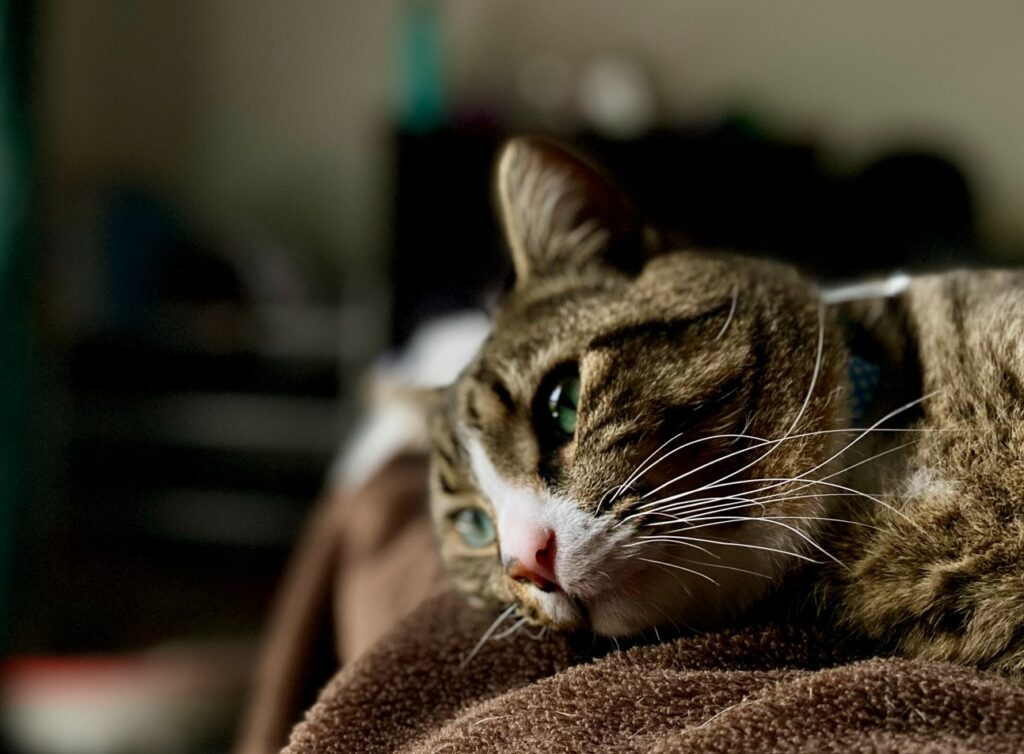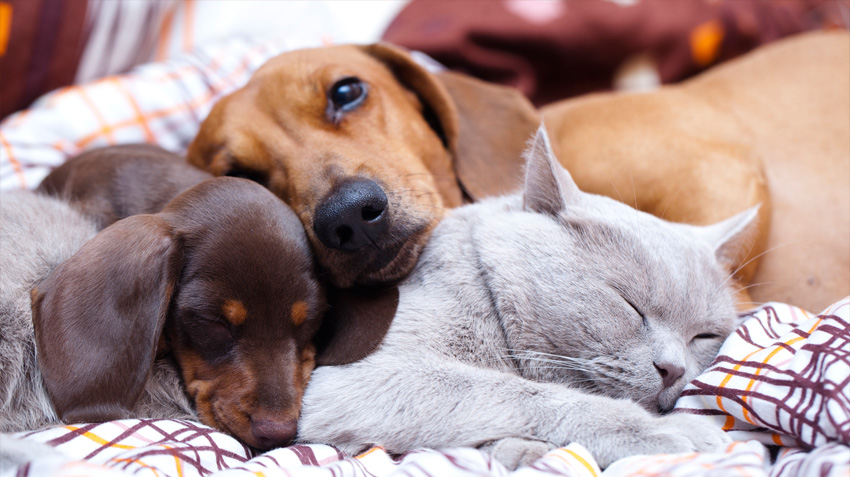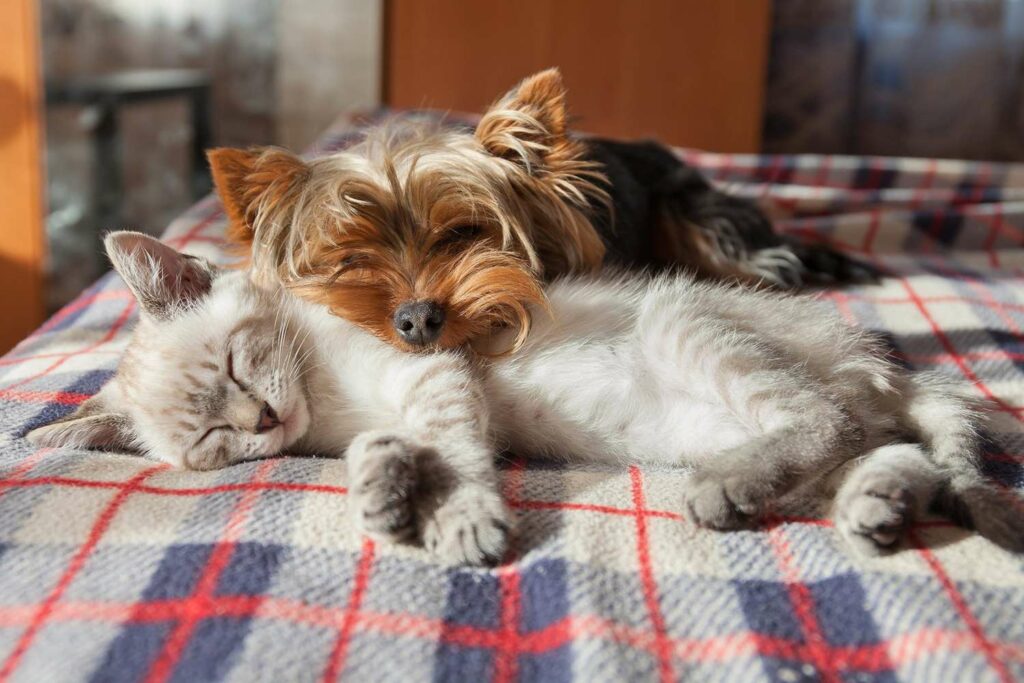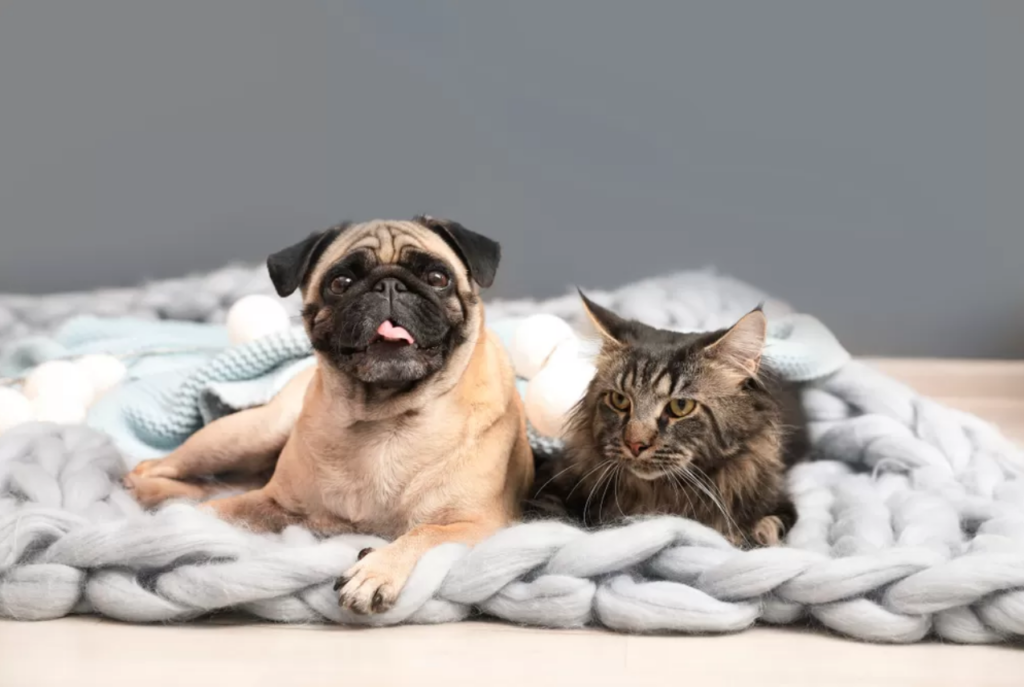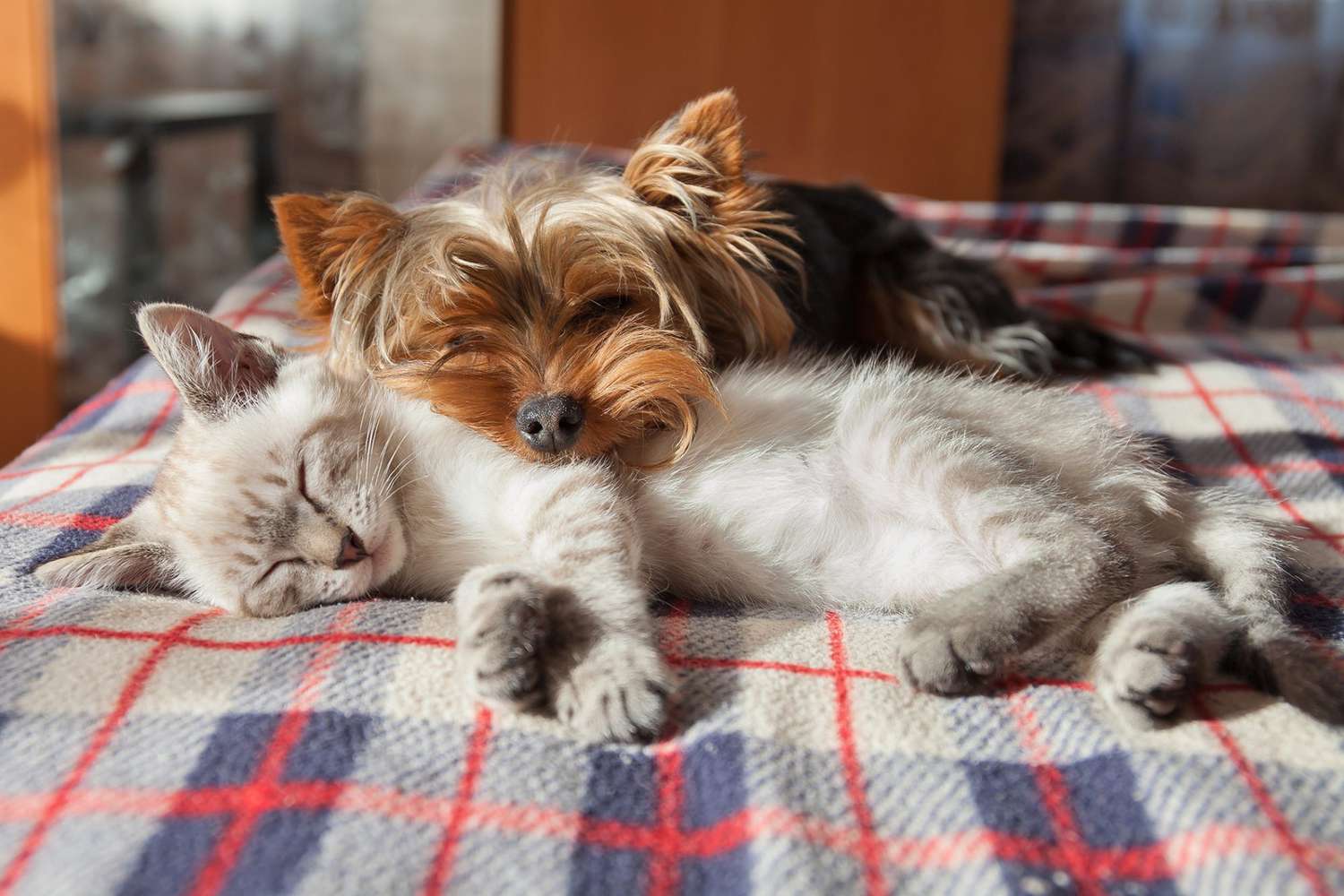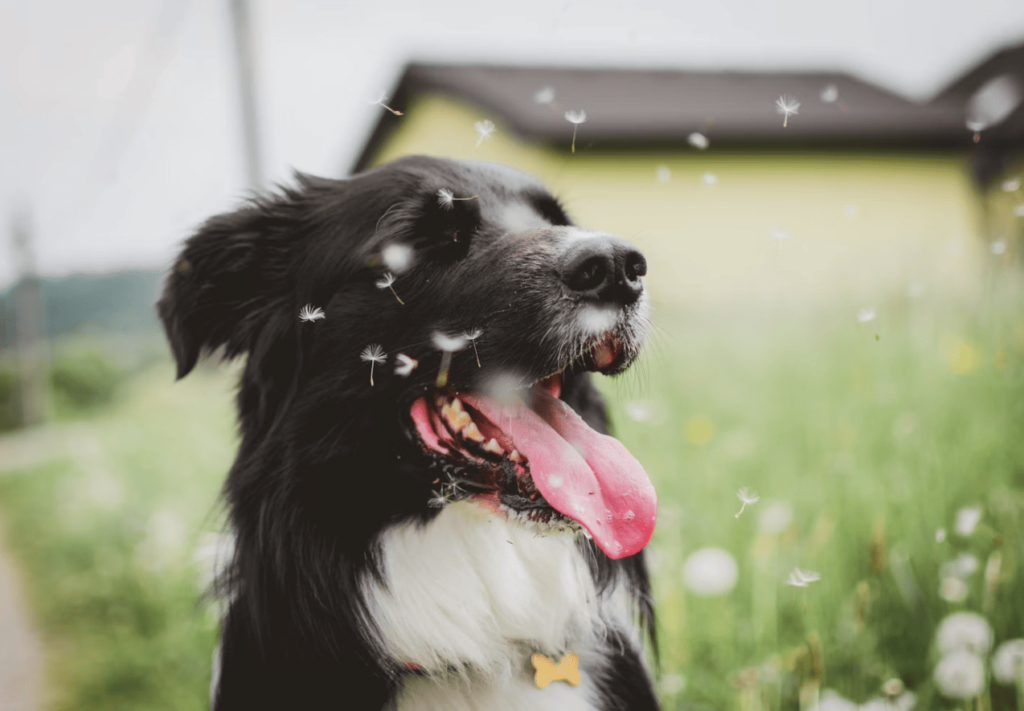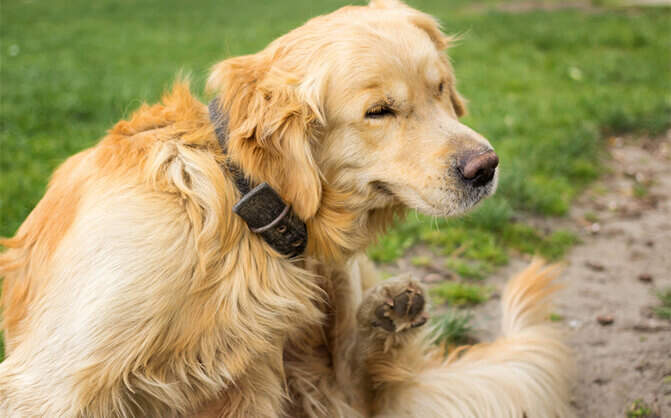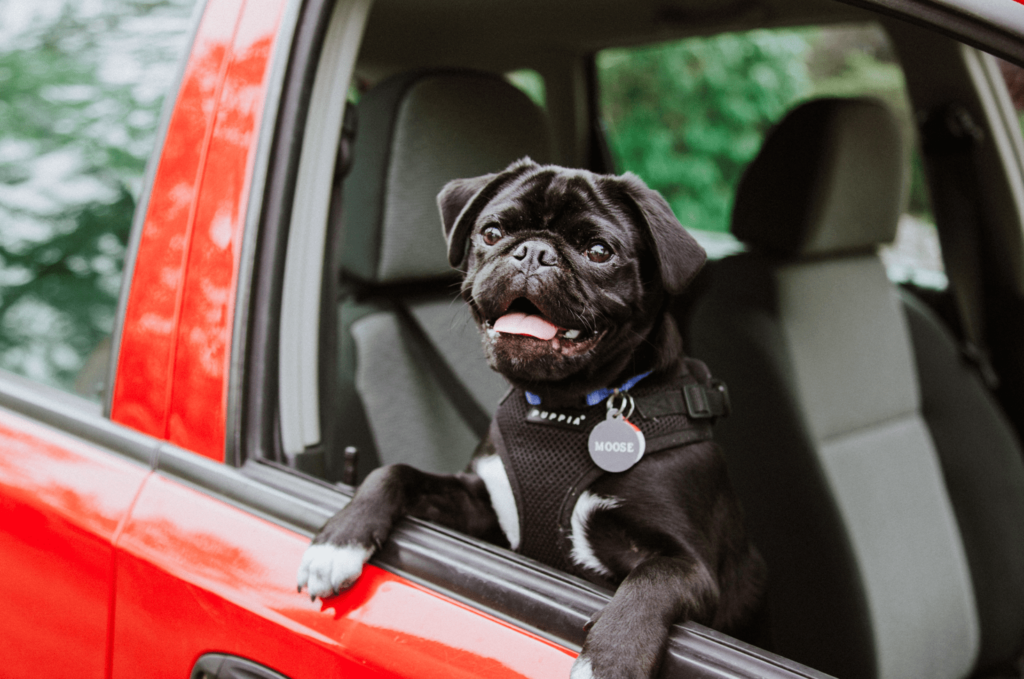Ever wondered what your furry friend gets up to while you’re out? Sure, we’d like to think they’re sleeping peacefully, patiently awaiting our return. But security cameras and social media have exposed their secret double lives, and it’s time to spill the biscuits on what’s really happening behind closed doors!

The Secret Society of Pets
9:00 AM: The humans leave for work, and Operation Party Time begins. According to our extensive “research” (okay, we’ve watched too many pet videos), here’s what really goes down:
- The cats immediately call an emergency meeting on the highest kitchen counter (you know, the one they’re “not allowed” on)
- Dogs take their positions as Security Chiefs, barking important updates about squirrels
- The neighborhood watch begins from the prime window spots, with running commentary on passing birds
10:30 AM: Mid-Morning Activities:
- Cats begin their daily furniture rearrangement workshop
- Dogs practice their “didn’t steal anything” innocent faces in the mirrors
- The Great Treat Hunt commences in all kitchen cupboards
- Emergency meeting called about suspicious pigeon activity outside
12:00 PM: Lunch Break
- Coordinated raid on any food left within reach
- Cats practice their “we’re starving” performance for dinner
- Dogs hold meditation sessions by the treat cupboard (manifesting snacks)
- Quick power nap on the humans’ pillows (for maximum fur distribution)
2:00 PM: Afternoon Entertainment
- Living room zoomies championship begins
- Cats host masterclass: “Advanced Keyboard Walking for Zoom Calls”
- Dogs rehearse their “The Postman is Coming” opera
- Synchronised sofa sleeping practice
4:30 PM: The Pre-Human Preparation
- Code Red: Clean-up committee activated
- Evidence disposal team begins work
- Pets return to their “day spots”
- Final rehearsal of “we’ve been sleeping ALL day” poses
5:00 PM: Operation Normal
- Humans return – activate innocent faces
- Dogs deploy excessive excitement protocol
- Cats maintain strategic indifference
- All pets pretend they definitely haven’t moved since morning
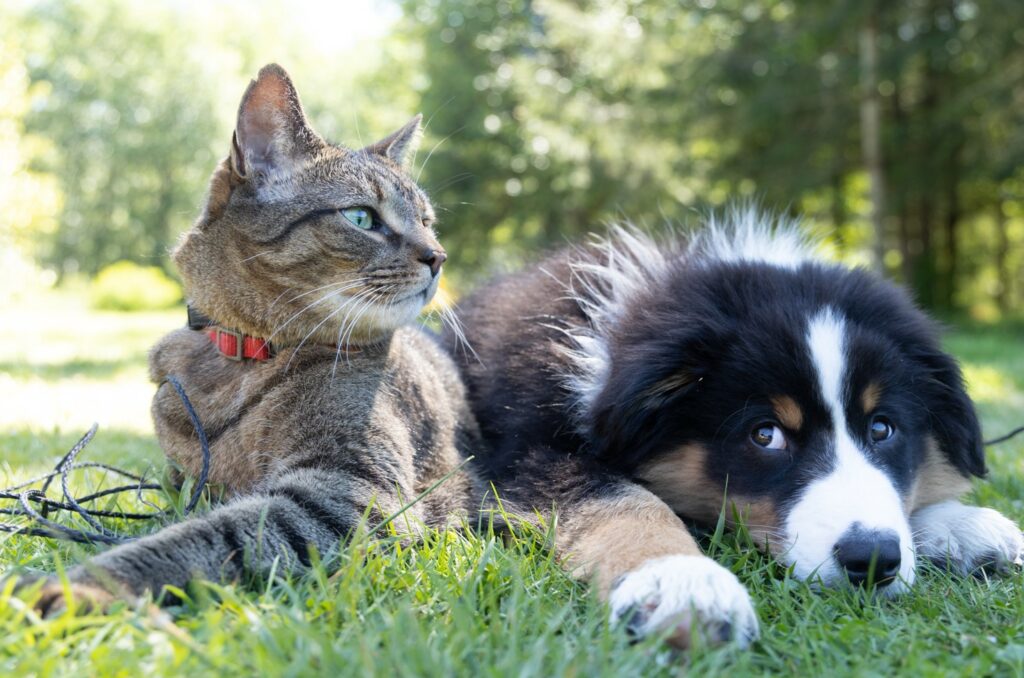
So What Can We Learn From This?
While we’re out earning money for treats, our pets are living their best secret lives. They’re not just our furry companions; they’re acrobats, architects of chaos, and expert manipulators – and we wouldn’t have it any other way!
Remember: Next time you leave the house, know that your pet isn’t just napping – they’re probably hosting the neighborhood’s hottest party or attending their secret pet society meeting. Just don’t tell them we know their secrets!
